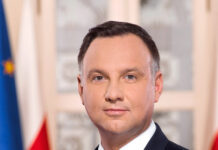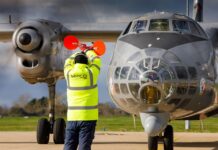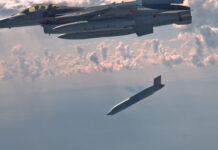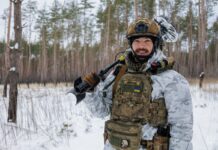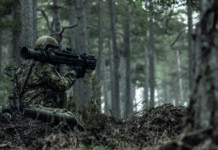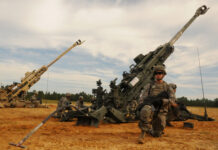The Victory Day parade held in Moscow’s Red Square on 9 May 2023 was not the one envisaged by Russian President Vladimir Putin when he launched the invasion of Ukraine on 24 February 2022.
Russia’s 9 May Victory Day parades, which commemorate the defeat of Nazi Germany in the Great Patriotic War (Second World War), have historically been spectacles of pomp and ceremony. This year, however, amid the failing and costly ‘military security operation’ in Ukraine, many victory parades around Russia were cancelled and the main one in Moscow significantly pared down and closed to the public.
While the Moscow parade would typically have involved around 200 military vehicles (although there were only 131 last year), around 11,000 troops and featured a flypast by the Russian Aerospace Forces, this year’s event involved just 51 vehicles, around 8,000 troops and had no military flypast. The parade also featured no modern main battle tanks or tracked infantry fighting vehicles (IFVs); it was led by a lone, Second World War-vintage T-34/85 – and even that, one observer pointed out on Twitter, was a post-war example manufactured by Českomoravská Kolben-Daněk (ČKD) in Prague.
Russia’s latest main battle tank, the T-14 Armata, which has featured in the Moscow parade since 2015 but which has not thus far turned up on the battlefield in Ukraine, was this year absent entirely from either location.
Also absent on 9 May was any contingent from Russia’s Airborne Forces (Vozdushno-desantnye voyska Rossii – VDV), which took a mauling early on in the invasion of Ukraine.
The total complement of military vehicles in this year’s Moscow Victory Day parade was as follows: one vintage T-34/85 medium tank, 13 Tigr-M 4×4 armoured personnel carriers (APCs), six VPK-Ural 4×4 protected utility vehicles, 10 Z-STS Akhmat mine-resistant ambush-protected vehicles, three BTR-82A 8×8 APCs, six 9P78-1 Iskander tactical ballistic missile transporter-erector-launcher (TEL) vehicles, six S-400 mobile air defence system TELs, three RS-24 Yars intercontinental ballistic missile TELs, and three VPK-7829 Bumerang 8×8 wheeled APCs.
Beyond the ongoing war in Ukraine, one ostensible reason for the scaled-back 9 May parade in Moscow was an attack on the Kremlin by a pair of small unmanned aerial vehicles (UAVs) in the early hours of 3 May. Claiming that this was an assassination attempt on Putin, Russia blamed Ukraine for the attack, which Ukrainian President Volodymr Zelensky immediately refuted, saying, “We don’t attack Putin or Moscow. We fight on our territory.”
The notion that this was a serious assassination attempt on Putin by Ukraine seems unlikely. A UAV seen being destroyed in CCTV footage (either being exploded deliberately or downed by local air defences) seemed too small to do significant damage, or to travel the roughly 460 km to Moscow from the Ukrainian border, and the Kremlin is not Putin’s main residence anyway.
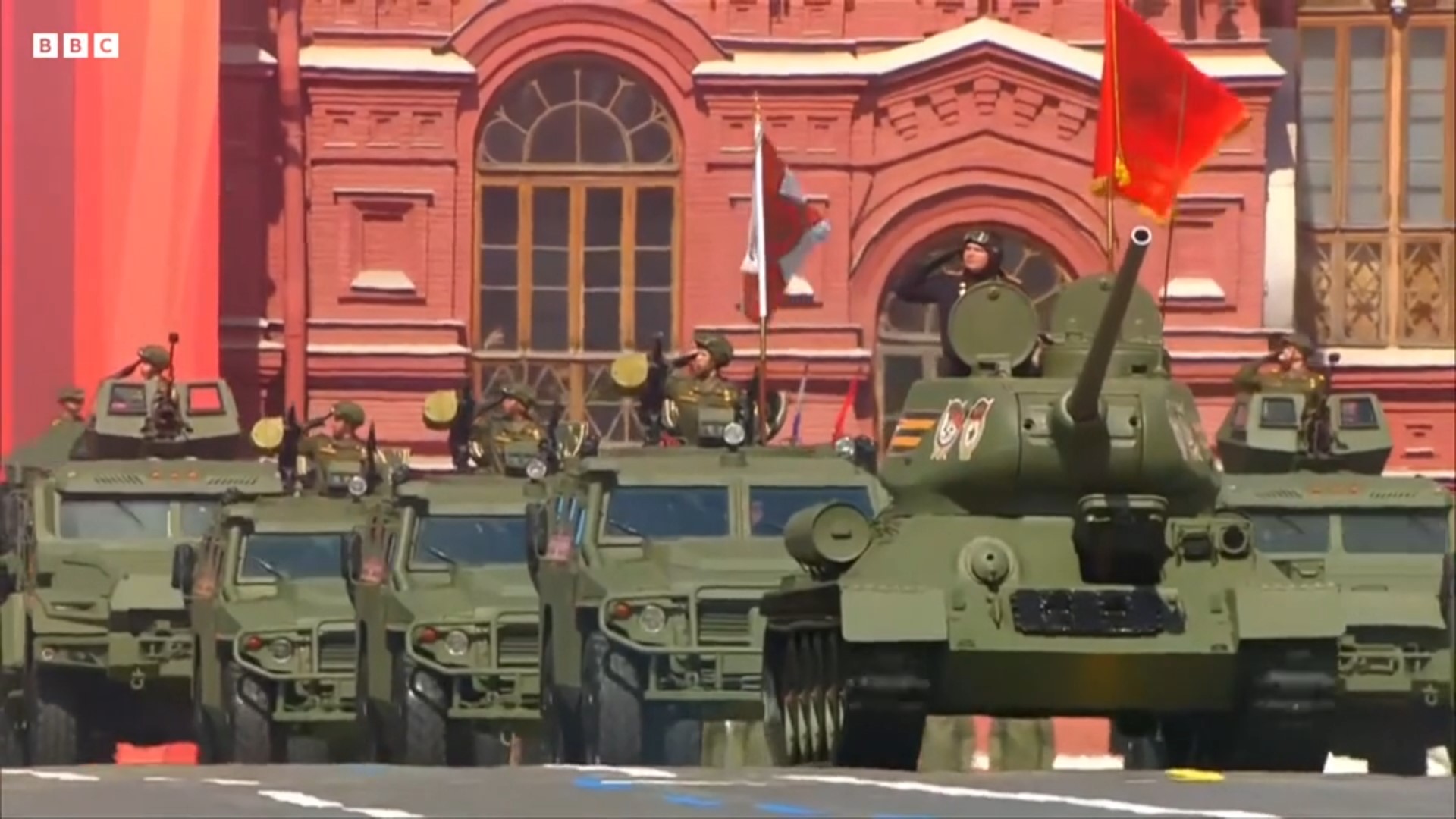
The attack could have been launched closer to Moscow by Russian dissidents, perhaps with a view to simply embarrassing the Kremlin, given that two freight trains were derailed in the Bryansk region between Moscow and the Ukrainian border on 1 and 2 May.
However, it is also plausible that this was a ‘black flag’ operation launched by Moscow to provide a valid excuse for a pared-down Moscow parade on security grounds.
Meanwhile, Russia’s national Immortal Regiment events, in which since 2011 hundreds of thousands of Russians around the country march with the portraits of relatives killed in the Second World War, have been cancelled amid concerns that relatives would parade portraits of Russian troops killed in Ukraine.
“There is a fear that people will carry portraits of people who have been killed in Ukraine and the real casualty figures – not the ones presented by the Defence Ministry – will be visible,” historian Ivan Kurilla told Radio Free Europe/Radio Liberty’s (RFE/RL) Siberia.Realities programme prior to Victory Day. RFE/RL also noted in an article on 2 May that, of the 125 people detained for anti-war protests on Victory Day in 2022, many were arrested at Immortal Regiment events.
Moscow has continually sought to play down Russian casualties in Ukraine, but since the invasion was initiated analysis by BBC News Russian and Mediazone estimates Russia has suffered at least 58,600 troops killed and more than 205,000 wounded. Leaked US classified documents that began circulating in April 2023 put Russian casualties at somewhere between 189,500 and 223,000, including as many as 43,000 dead.
In the wake of a barrage of cruise missiles targeted at Ukrainian cities earlier in the day, Putin’s Victory Day speech accused the West of “unleashing war against Russia” and “creating a new cult of Nazism”.
There is a certain irony in Putin labelling Ukraine and its allies as Nazis during his May parade speech this year in an attempt to hark back to the honour of the Soviet Union. In 1941 Soviet leader Joseph Stalin invited the actual Nazis – senior officers from the Wehrmacht – to the Moscow military parade that took place on 1 May that year following the Molotov-Ribbentrop non-aggression pact signed by Nazi Germany and the Soviet Union in 1939. Stalin’s interest in signing that pact was the German promise to cede eastern Poland and the Baltic states to Russia after invading Poland itself. As it turned out the deal meant nothing; Operation Barbarossa, Nazi Germany’s invasion of the Soviet Union, began on 22 June 1941.
Peter Felstead




